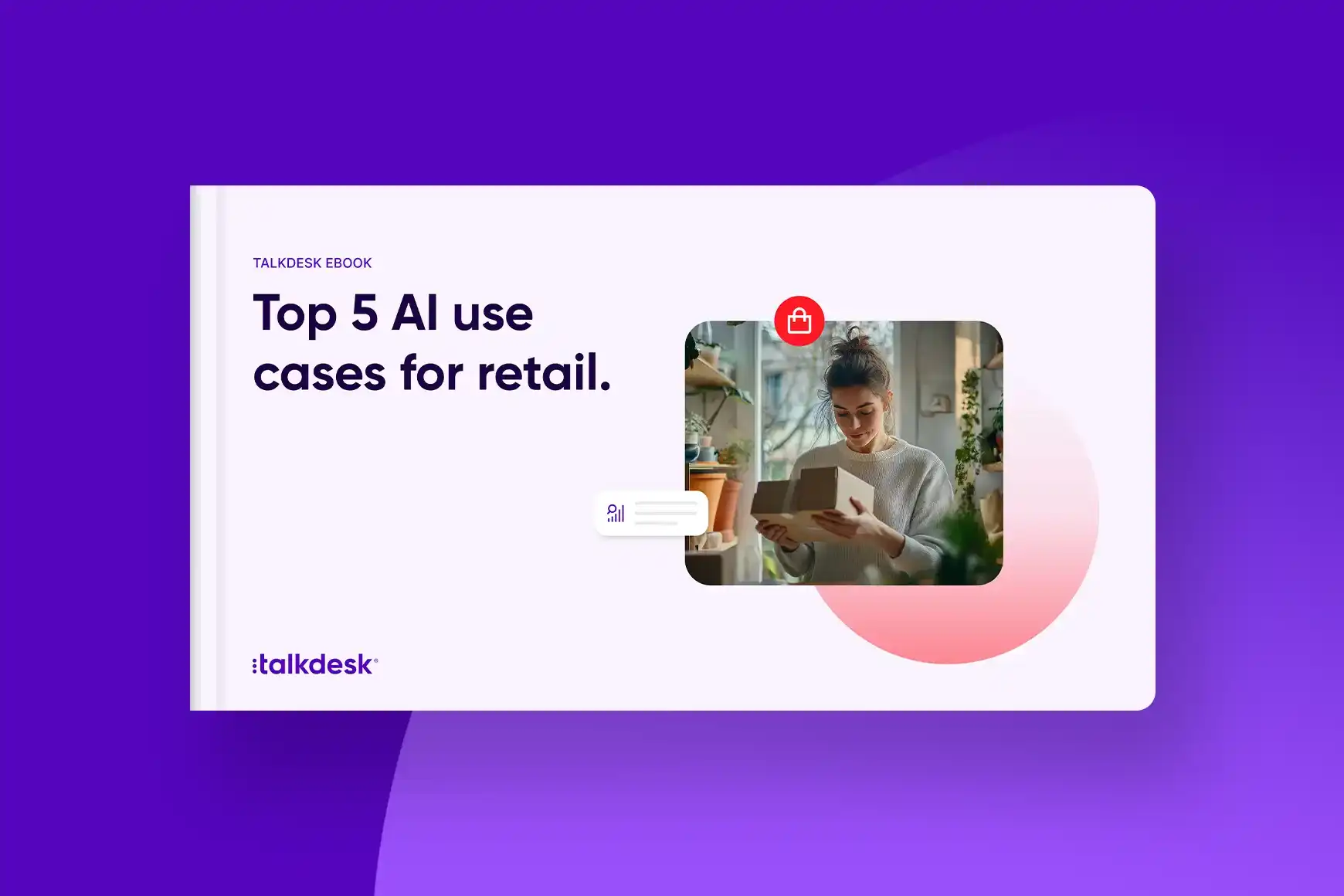Christmas in July: Why retailers need to start holiday prep now

By Michael Klein
0 min read

Shopping mall Santas will always hold their December charm, but the real holiday season now stretches months earlier. By the time Halloween decorations hit store shelves, the window to prepare for peak season has closed. Retailers know that the kickoff for the peak shopping cycle is no longer November but right now, and July has become the critical window to define the holiday strategy.
Customers aren’t waiting for December to cross items off their lists. They’re shopping earlier than ever, trained by years of early promotions and events like Amazon Prime Day to expect deals long before Black Friday. Retailers can’t afford to be reactive. If they want to earn loyalty and grow their share in this hyper-competitive environment, they need to treat July as a strategic starting line, not a footnote to summer clearance.
This is the time to align teams, assess operations, and invest in customer experience that can scale reliably under pressure. Only then can retailers deliver seamless, branded experiences through peak season.
July isn’t too early to prepare, it’s actually too late not to.
Plan for an earlier, longer holiday season.
The idea of a neatly contained November–December holiday season has given way to a far more complex and promising season that now spans multiple months. Retailers need to adjust their planning cycles accordingly, and instead of a single approach, shift to a phased, sustained strategy that keeps customers engaged and returning from early fall well into the winter season. This extended timeline requires a completely different operational mindset. More events, offers, and longer marketing calendars mean customer service teams must be ready for growing demand over many weeks, not just one or two peak days. It pushes retailers to deliver consistently, react swiftly, and adapt to shifting demand.
Beyond marketing and discounts, the real differentiator is experience: delivering reliable, personalized service across every channel for months on end. Equally important is ensuring operational excellence behind the scenes. Supply chain and fulfillment strategies must be able to meet customer expectations for speed and accuracy. The brands that win will be those that place the right products in the right locations at the right times, even as demand patterns shift and stretch out over a longer season. Stock-outs, missed delivery windows, or confusing returns processes are instant deal-breakers, especially during the most demanding shopping periods. An extended holiday season doesn’t just mean more work, it’s also an opportunity to capture more loyalty and value by delivering consistently exceptional experiences at scale.
Prepare CX operations for peak demand.
During the peak season, customer expectations soar. They want fast answers, easy transactions, helpful recommendations, and zero friction. Even one failed interaction can send them to a competitor. That’s why July is the time to assess customer service operations and ensure they’re ready to deliver at scale.
A resilient, well-prepared customer experience operation has two essential pillars:
-
Empower contact center associates to be brand experts.
Customers don’t want scripted responses. They want thoughtful, informed help. Contact center associates need to be trained on products and policies, brand voice, customer values, and empathetic problem-solving. Giving contact center associates the tools and training they need to become true brand ambassadors is non-negotiable. More than a cost, consider it an investment in developing brand ambassadors who not only answer questions but also increase revenue, average order value, and repeat sales that convert one-time buyers into loyal customers.
-
Scale smartly with AI automation.
Human associates can’t handle every inquiry, especially as volume spikes. To meet this demand, retailers can deploy AI agents capable of handling entire service journeys seamlessly. They autonomously manage interactions end-to-end, such as tracking orders, updating shipping details, handling returns, authenticating users securely, and making personalized product recommendations. Fully integrated with retail systems, they provide reliable, context-aware support at scale that feels natural to customers, offering the convenience today’s time-starved shoppers expect while reducing strain on human teams.
However, scaling isn’t about adding AI for its own sake. The goal is to ensure that technology and people work seamlessly together to deliver the support customers expect during the holidays. It’s not either/or, it’s both working in perfect alignment to deliver the best customer experiences. That requires planning, integration, and testing now. In November, it will be too late.

EBOOK
Top 5 AI use cases for retail.
Artificial intelligence (AI) is revolutionizing retail by autonomously handling everyday tasks, allowing teams to focus on solving complex challenges and building lasting relationships.
Improve CX foundation before scaling.
As tempting as it is to jump straight to advanced AI or hyper-personalization, customer experience excellence is built in layers, each one supporting the next. Success depends on solid foundations and that starts with data integrity. Before any technology can deliver value, the underlying customer data must be accurate, complete, and accessible.
The stages of the CX maturity model for retail contact centers illustrate this progression:
Stabilize. Focus on resolving siloed, transactional interactions such as answering “Where is my order?” inquiries, managing order changes, or providing warranty details. These core capabilities must be reliable and consistent before moving forward.
Optimize. Use an AI-powered IVR to deliver proactive, hyper-personalized interactions at scale, such as enabling seamless customer identification or timely product replenishment reminders.
Lead. Represents the most advanced, predictive level of maturity. At this stage, AI and analytics enable proactive next-best-offer recommendations, anticipate and resolve issues before they escalate, and deliver seamless, integrated support across channels.
Each stage requires solid operations, clean data, and coordinated teams. Before scaling up with advanced AI or new service channels, evaluate current maturity and address any foundational gaps.
Quick CX maturity checklist.
Use this as a self-assessment to guide planning:
Are interactions mostly reactive or siloed between channels?
Are associates empowered with a unified view of the customer?
Can you handle peak volumes without degraded service quality?
Is escalation to specialized support smooth and well-defined?
Is customer identification and authentication streamlined and secure?
Are channels integrated for a seamless customer journey?
Are loyalty programs and rewards integrated with your service workflows?
Do your knowledge bases and automation workflows reflect real customer needs?
Do you have the analytics to anticipate and resolve customer issues proactively?
Are performance metrics and customer feedback used to improve service continuously?
If you answer “no” to any of these, focus on those gaps now. When the holiday surge hits, it will be too late to fix them without pain.
Make every holiday interaction count.
It’s time retailers reframe how they think about customer service during the holiday season. Traditionally seen as a cost center, a necessary expense to handle complaints and issues, customer service is actually a powerful revenue driver. Every interaction is an opportunity to build loyalty, boost customer lifetime value, and differentiate a brand in a crowded, competitive market. The retailer that resolves problems quickly, answers questions thoughtfully, and proactively assists shoppers isn’t only making a sale but earning trust that pays off for years.
That’s why Christmas in July is more than a marketing hook. It’s a call to action. Use this moment to:
-
Align your teams around the importance of customer experience.
-
Assess your readiness to deliver exceptional service at scale.
-
Invest in the people, processes, and technology representing your brand this holiday season.
It isn’t the store with the deepest discounts that wins the holiday, but the one that delivers the best experience—consistently, reliably, and with genuine care for its customers. July is the month to commit to that mission. Your customers will thank you in December and for many holidays to come.
Learn how Talkdesk Retail Experience Cloud™ powers exceptional holiday customer experiences.





